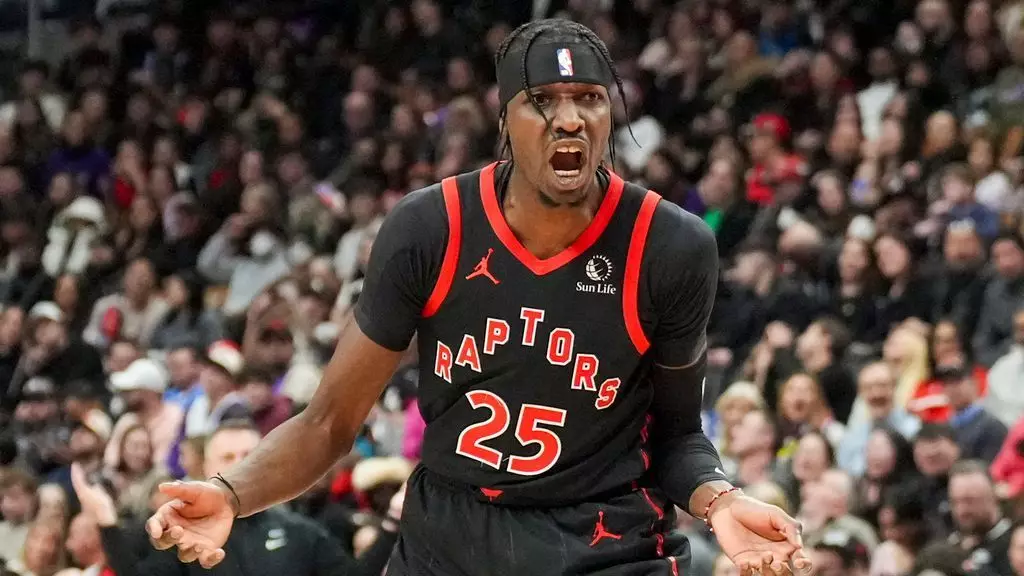The Boston Celtics are demonstrating a shrewd understanding of the modern NBA landscape through their recent roster maneuvers. Rather than merely shuffling players, they are meticulously balancing financial flexibility with strategic talent acquisition. Trading Georges Niang, a seasoned and reliable sharpshooter, along with two future second-round picks, for rookie RJ Luis Jr. exemplifies this approach. This move signifies a deeper intent: to develop youth while maintaining a competitive edge. Revisiting Niang’s return to Utah, the trade is a textbook example of asset management—freeing up salary cap space and maximizing trade exceptions to support future roster flexibility.
Furthermore, the Celtics’ decision to sign free agent Chris Boucher to a $3.3 million guaranteed deal highlights their focus on frontcourt depth. Boucher’s versatility as a forward who can stretch the floor and contribute defensively makes him a valuable addition. His experience, including his storied tenure with Toronto, offers a veteran presence that could prove pivotal in high-stakes playoff battles. By acquiring Boucher, Boston is not merely filling the roster; they are reinforcing their core with a player who embodies both talent and a winning mentality.
Financial Discipline Emboldens Championship Pursuit
One aspect that stands out is Boston’s impressive fiscal discipline. The Celtics have dramatically cut their payroll from $540 million post-draft to a more manageable $239 million—a reduction of more than half. This slimming down has been deeply intentional, positioning Boston advantageously beneath the so-called “second apron,” a crucial threshold that restricts luxury tax penalties and allows more flexibility for future transactions. Such strategic financial planning signals a franchise committed to sustainable success rather than short-term overextension.
By saving approximately $34 million in luxury tax penalties, Boston not only safeguards resources but also signals its intent to remain agile for upcoming seasons. This disciplined approach affords them the capacity to pursue high-impact additions later or retain key players without fear of breaching financial constraints. The Celtics’ careful stewardship of their payroll underscores a larger philosophy: a championship team needs more than just star power; it requires smart management and adaptability, which they are clearly exemplifying.
Investing in Youth and Building for the Future
The acquisition of RJ Luis Jr., a 22-year-old undrafted talent out of St. John’s, underscores Boston’s commitment to cultivating emerging players. Although Luis went undrafted, his signing on a two-way deal indicates that the Celtics see potential in his development—a low-risk, high-reward gamble that could pay dividends down the line. This approach reflects a broader trend in today’s NBA, where teams are increasingly valuing versatility and raw talent that can be molded into formidable contributors.
Meanwhile, the departure of Georges Niang to Utah marks a cycle of veteran movement typical in the league’s fluid roster management. Niang’s return to Utah after four seasons shows the league’s interconnected nature, where experience and familiarity can be leveraged for strategic purposes. With Niang’s career 39.9% three-point shooting on over four attempts per game, his presence always added spacing and maturity to Boston’s lineup, but the calculated trade indicates the Celtics are moving towards a more dynamic, younger core.
Ultimately, Boston’s recent moves reveal a franchise willing to make bold, financially prudent decisions to enhance its championship prospects. In an era dominated by super-max contracts and detailed salary cap management, their strategic flexibility and focus on youth development position them as serious contenders in the seasons ahead.


Leave a Reply